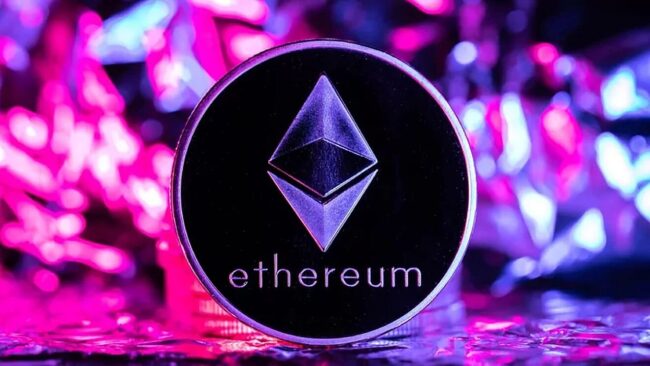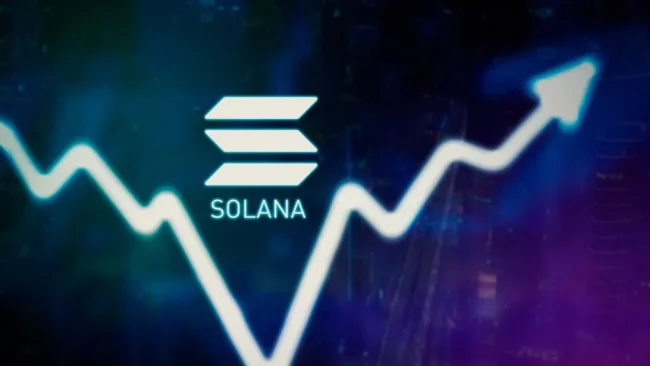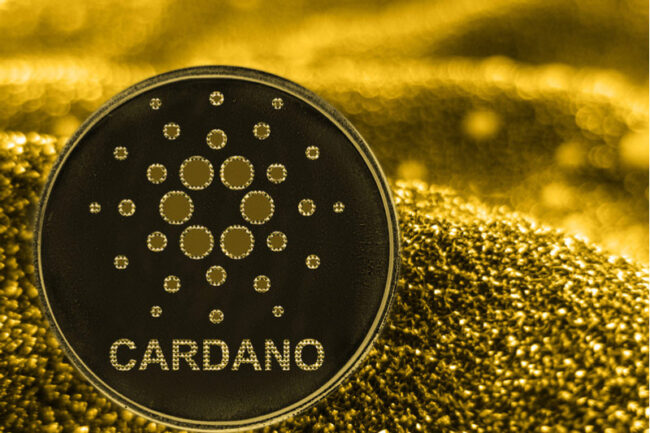NFTs have recently gained popularity, especially after the Bored Ape project. Although they’ve been received with skepticism, these non-fungible tokens can be used in real-life cases. However, most are essential in the entertainment industry, where music artists transform sounds in NFTs or visual creators devise the most creative artworks for auctions.
But these NFTs couldn’t exist without the proper technology, which is blockchain. Such a decentralized network allows artists and developers to use all the information necessary to develop their products properly and is also where transactions are made. The blockchain is the perfect place for investors to purchase exceptional artworks and unique assets with cryptocurrencies, such as Bitcoin or Ethereum. If you want to know how much these NFTs cost, you can check the Ethereum price today on Binance and look at what auction houses offer.
This article will dwell on the most used blockchains that facilitate the creation of NFTs.
Ethereum

The most popular developer choice when it comes to NFT is Ethereum. The multi-tool network provides the most knowledge and information for whoever wants to try making NFTs and has one of the most substantial communities. The feature that allows NFTs to exist is called smart contracts, and Ethereum’s unique programming language, Solidity, is the one behind the assets’ complexity.
Using Ethereum for creating NFTs has the following benefits:
- There is already a varied selection of NFTs on Ethereum due to the blockchain’s popularity and marketing position;
- Ethereum is one of the most stable blockchains, which ensures artists’ security;
- Ethereum’s versatility expands creator’s opportunities to make something unique;
- The blockchain has recently become more sustainable, which means that NFTs created
- have a low environmental impact;
Ethereum also has some limitations when it comes to non-fungible tokens:
- The network can be quite expensive compared to other blockchains, such as Solana;
- Ethereum’s large cap might contribute to higher volatility due to the increase in transactions;
- As the entire ecosystem grows, it’s more challenging to control the blockchain;
However, some famous and successful NFT projects were created on the Ethereum blockchain, such as the Bored Ape Yacht Club, Axie Infinity and Decentraland.
Flow

A popular decentralized alternative to Ethereum is Flow. The blockchain is known for being the first in NFT transaction volume and has also worked with world-class brands, such as NFL and the NBA. The utility-driven network works with smart contracts through a special programming language, Cadence.
The Flow blockchain is an excellent option for NFT-making because:
- It provides a multi-role and multi-node architecture through which efficiency is provided, and redundant processes are eliminated;
- It offers developer ergonomics, such as upgradeable smart contracts, built-in logging support and the Flow Emulator;
- Its programming language is user-friendly and more accessible to learn than other languages, such as Ethereum’s Solidity;
Flow is still a young blockchain, and its token hasn’t developed that well still. However, we can state that Flow is a cheaper, faster and easier-to-understand tool when it comes to NFTs. The only issue is that given it’s mostly unknown, so NFTs deployed on this network can’t have too much visibility, which leaves NFT creators the option to move their activity to Ethereum or other better-known ecosystems.
However, Flow may have the chance to shine as its developer is the creator of Crypto Kitties, one of the most famous NFT games. At the same time, the projects made on Flow that has been greatly promoted are BlocktoBay and Xtingles.
Solana

Solana is another of Ethereum’s competitors with a little bit more notoriety. It is known as the fastest blockchain and can execute up to 65.000 transactions per minute. Many NFT projects have been deployed on Solana as it’s been one of the top contributors to many Web3 and DeFi solutions.
Solana can greatly benefit NFT creators through its:
- Faster and cheaper transactions that facilitate NFT purchases;
- It’s easy to scale due to its Proof-of-History consensus mechanism;
- Composability between projects that allow users to get through multiple shards or layer-2 systems;
However, Solana needs to improve some aspects. First, the hardware requirements are pretty expensive, which makes Solana challenging to be used by regular investors and developers. At the same time, it still has to improve its decentralization systems.
Some of the best NFT projects on Solana are Degenerate Ape Academy, SolPunks, Frakt and Sollamas. Solana also has its own blockchain-based NFT marketplaces that facilitate transactions, such as Solsea and Solanart.
Cardano

Cardano is among the largest blockchain worldwide and was created by one of Ethereum’s co-founders. This PoS blockchain platform was made to be one of the most environmentally sustainable with the help of its Ouroboros protocol. Overall, Cardano is a transparent and fair global system.
The blockchain is highly beneficial for creating NFT due to the:
- Faster transactions that make the network highly scalable and a better option than Ethereum;
- Peer-review network through which academics generate research for blockchain development;
- Sustainability is an important feature of the platform because nowadays, most customers want to be wary of the environment too;
At the same time, Cardano can improve the following:
- On standing out from the competitors, Ethereum has been more famous but less facile;
- Its marketing strategy to gain more visibility;
Some of the most known NFT projects on Cardano include Skyweaver, Etheremon and Spells of Genesis collections. But as the blockchain grows and gains more popularity, here are some interesting upcoming NFT projects:
- Cryptobike will be a set of 10.000 digital art pieces curated by a bicycle enthusiast who wants to combine Californian and Scandinavian culture onto the Cardano blockchain;
- Blacklist will be built on Cardano as a Web3 brand for developing utility among the Blacklist holders;
- Hydra Project aims to help users mint projects and benefit from their releases later on by providing an innovative platform made on Cardano;
Bottom Line

Blockchain is the technology behind some of the most innovative platforms. Lately, they’ve become the perfect ecosystem for NFT developers and buyers to collaborate in a single place and leverage the benefits. The blockchains presented above are some of the top choices that provide the best tools and systems to encourage all network members to create NFTs and transaction them fairly.
